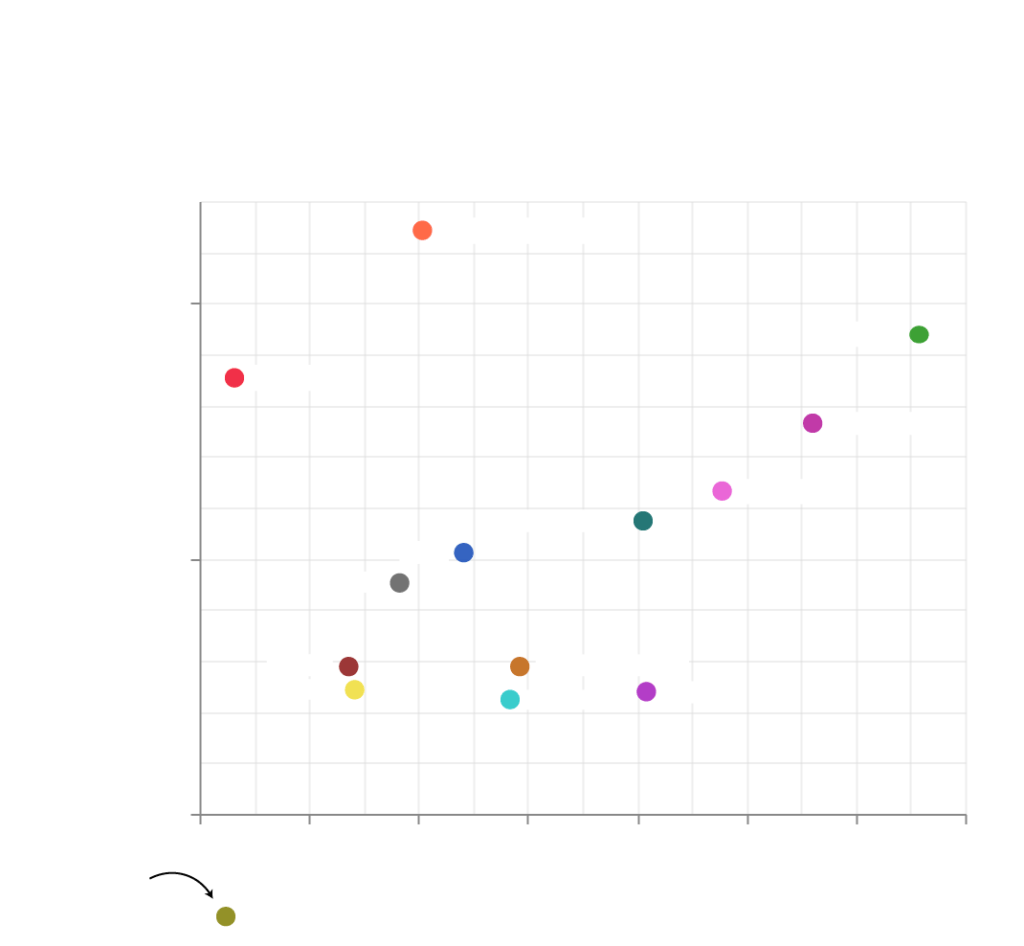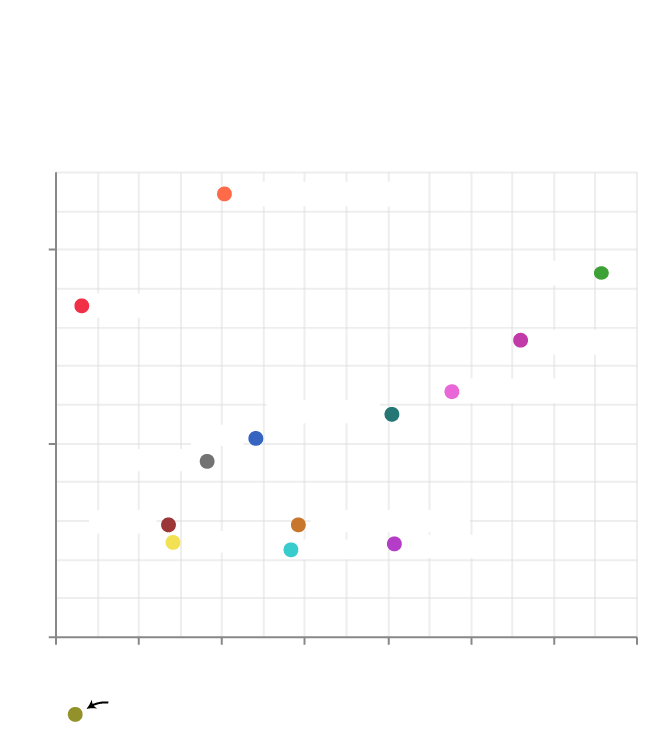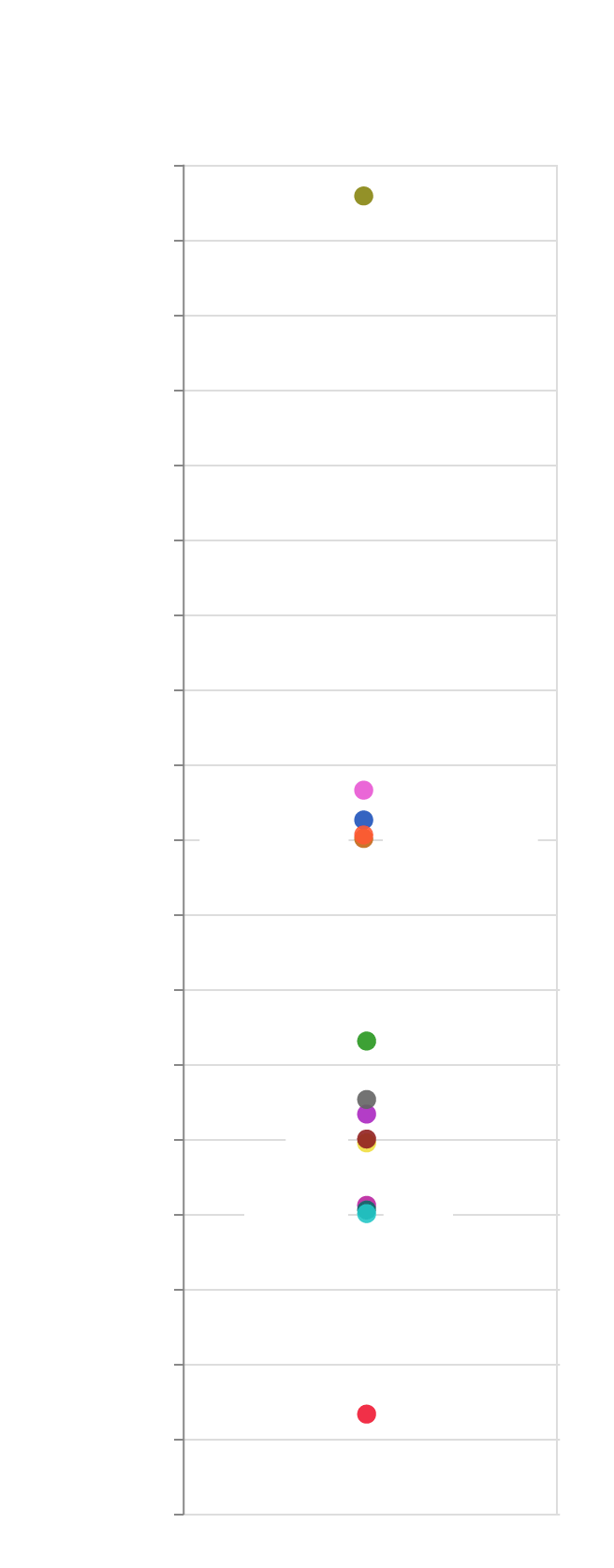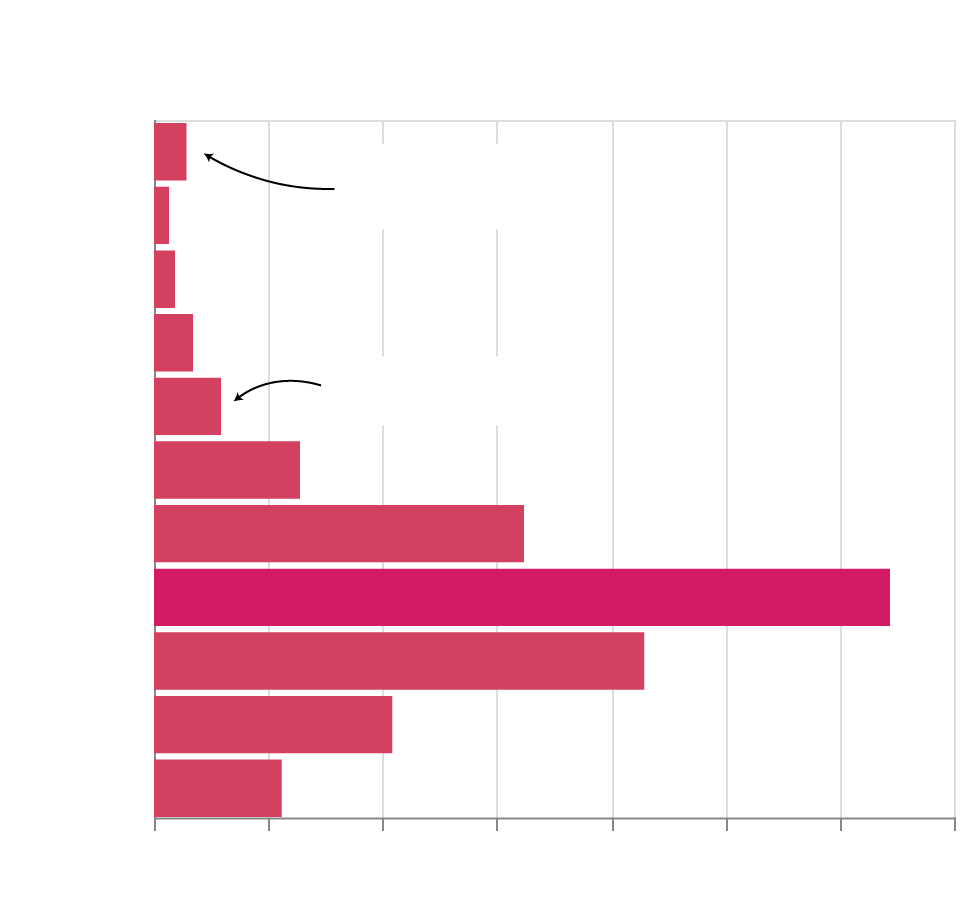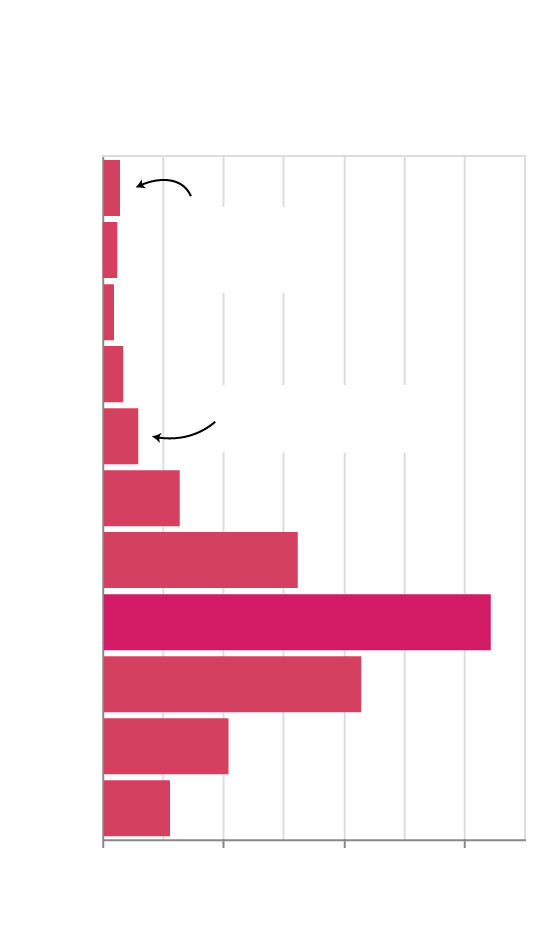Once upon a time, crafting the perfect novel required creativity, dedication, and a whole lot of luck. Those dark times are – thankfully – behind us.
An ocean of book data is now available online for the discerning would-be novelist to dissect. With the right analysis, this data can reveal trends in bestselling books, mistakes to avoid, and just maybe a formula for the next literary sensation.
The book-rating platform Goodreads is one of the best sources of book data available today. The website claims to have more than 90 million members and lists hundreds of millions of books. Although ratings on Goodreads are not necessarily representative of the whole reading public, they do give us a powerful insight into the thoughts of “the world’s largest community of book lovers.” I took a look at patterns in the 10,000 books with the most ratings on Goodreads to guide us on our quest to create a new bestseller.
Let’s start with one of our most important decisions: genre. By plotting how many books of each major genre made it into the top 10,000 alongside their average user ratings, we can get a sense of their popularity.

